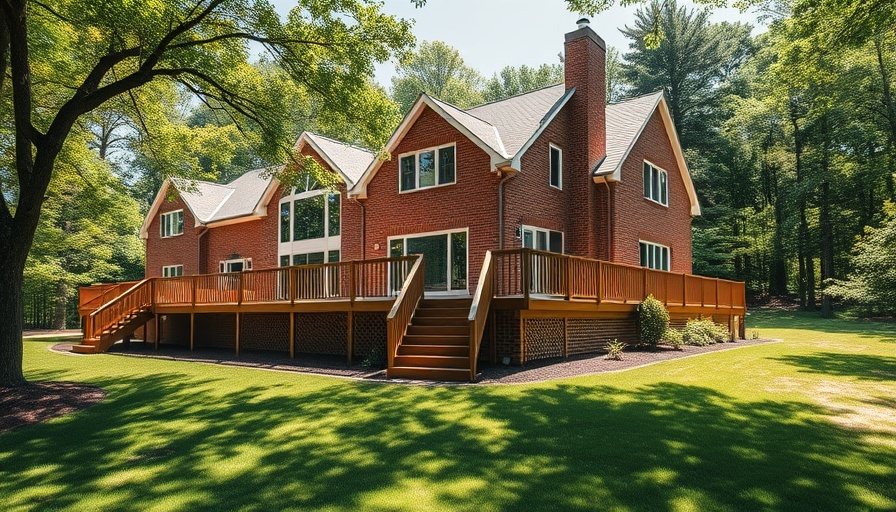
Brighten Your Basement: Essential Safety Tips for Wiring Lights in Brooklyn
Transforming your basement into a bright, functional space not only enhances your home but also contributes to safety and utility. Brooklyn homeowners, particularly those with older homes, face unique challenges when it comes to wiring lights in these often-neglected areas. This comprehensive guide offers crucial safety tips to ensure your basement remains well-lit and secure.
Stick to Local Codes and Safety Regulations
Before embarking on any electrical work, understanding Brooklyn's local electrical codes is paramount. These codes exist to ensure that wiring and installations adhere to safety standards, thereby reducing the risk of hazards such as electrical fires and shocks. The New York City Electrical Code has specific guidelines tailored for urban settings, ensuring that home upgrades are both user-friendly and safe. Major electrical changes usually require permits; failing to comply with regulations may lead to fines or even removal of your electrical setups. If you’re unsure about compliance or need help, consulting a licensed electrician can be invaluable.
Selecting the Right Lighting Fixtures
Choosing suitable lighting fixtures is essential for both functionality and safety. Basements benefit from layered lighting, which includes ambient, task, and accent lights. Ceiling-mounted fixtures or LED recessed lights are perfect for general purposes, while making sure they are rated for damp conditions—important in the humid basement environment. Consider using motion sensors in less-trafficked areas for enhanced safety, as they can automatically turn lights on and off.
Durability is key when selecting materials for fixtures. Steel or high-quality plastic are often better choices for withstanding typical basement conditions. The choice of bulb also matters; LED bulbs are highly recommended due to their longevity and energy efficiency. They generate less heat and are safer for use in enclosed spaces. Aim for around 100 lumens per square foot for optimum brightness.
Planning Your Wiring Layout Wisely
A thoughtful approach to the wiring layout can further enhance the safety and efficiency of your basement lighting. Begin by mapping out your basement's layout, highlighting areas that require the most light. In places where you conduct tasks, such as laundry rooms or workspaces, ample lighting will boost visibility and reduce accidents. Always maintain a distance of at least 12 inches from the ceiling to prevent overheating.
Multiple circuits can enhance your basement's versatility, allowing you to control lighting separately for distinct areas. This setup can lead to improved energy efficiency as well.
Common Mistakes and Misconceptions
Many homeowners overlook the importance of proper installation, thinking that aesthetics are the only consideration. However, it is critical to remember that safe wiring can prevent dangerous electrical issues. Additionally, some believe that all light fixtures are suitable for basements, but moisture resistance is a non-negotiable requirement in these settings—non-damp-rated fixtures can lead to electrical failures.
Actionable Tips for Smarter Lighting Decisions
As you prepare to wire your basement lighting, consider these actionable tips:
- **Consult Professionals:** When in doubt, consult a licensed electrician who understands local codes.
- **Test Your Wiring:** Before finalizing installations, make sure to test existing wiring for any faults.
- **Safety First:** Always cut power before making any electrical changes and use insulated tools.
Embracing Future Trends in Basement Lighting
The evolution of smart home technology will undoubtedly impact basement lighting. Implementing smart bulbs or systems can add functionality, allowing you to control lights remotely via apps or through voice commands. This adaption isn’t just about convenience; it's about ensuring energy efficiency in the long run.
Conclusion: Shine a Light on Your Space
Wiring your basement lights requires careful planning and knowledge of local codes, but the rewards are undeniable. By choosing the right fixtures, carefully planning your layout, and understanding safety standards, you can create a safe, bright space that you'll love to use. Ready to illuminate your basement? Consult local professionals and review these tips to kick-start your project!
 Add Row
Add Row  Add
Add 




Write A Comment